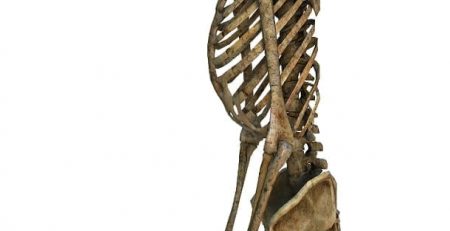PET Scan Can Determine Person’s Chance of Waking From a Coma
Determining whether or not to end life-sustaining health support for a loved one that is in a coma is a sensitive subject. Unfortunately, individuals need to make these types of decisions everyday. However, a team of researchers have reported they are able to accurately determine whether a person in a coma is in a minimally conscious state (MCS) “whereby their cognitive flame remains just about alive” or is they are experiencing unresponsive wakefulness syndrome (UWS), “meaning this flame is all but exstinguished,” according to IFLScience.com
An article published in Current Biology reports that by using positron emission technology – more commonly know as PET scan technology – it is possible to distinguist between the two. PET scans produce three-dimensional images of the inside of the body by detecting the radiation given off by a radiotracer as it collects in different parts of the body. “From this, it’s possible to calculate the changes in glucose concerntrations in body cells over a period of time, which in turn provides an indication of metabolic activity,” IFLScience.com reports. It is this metabolic activity the researchers used to determine whether patients were brain dead of still functional.
Researchers performed PET scans on 131 patients and found they were able to accurately diagnose whether they exhibited MCS or UWS. Results showed that those suffering from UWS exhibited 38 percent of the normal level of metabolic activity of a fully conscious person, while those in an MSC exhibited 58 percent. A year later, 8 out of 11 patients whose PET scans showed 42 percent of normal activity regained consciousness, leading reserachers to conclude that “42 percent of normal cortical activity represents the minimal energetic requirement for the presence of conscious awareness.”














